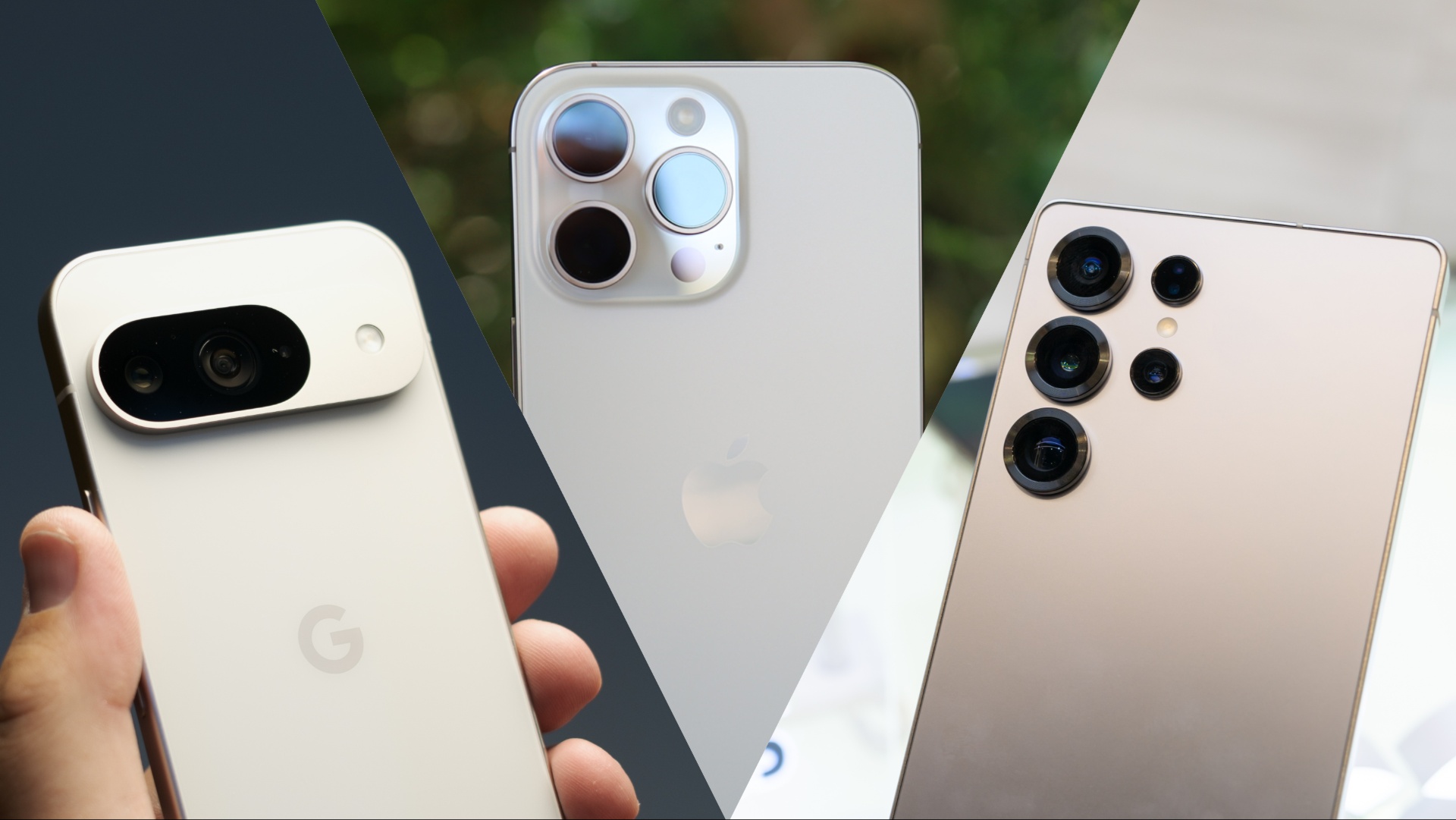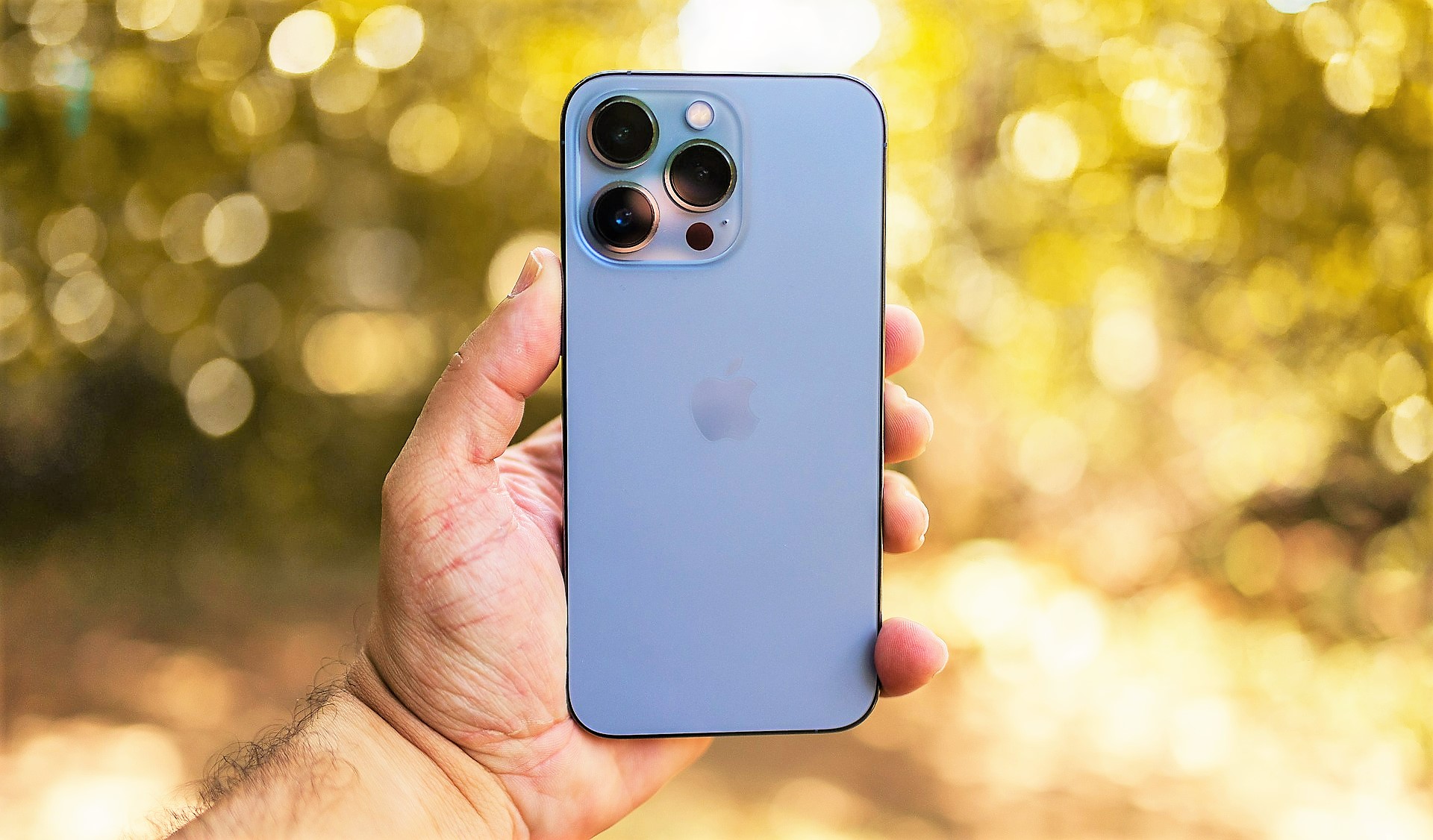Every year, like clockwork, major companies unveil new smartphones with slick presentations and big promises. And every year, someone inevitably sighs, “They all look the same” (indeed, 915 TechRadar readers did just that in a recent poll).
To be fair, it’s hard to argue against that sentiment, especially having recently unboxed my new iPhone 16 Pro Max and realising how closely it resembles my old iPhone 13 Pro Max. The same flat edges, the same familiar feel in the hand, and aside from the addition of the Dynamic Island, not a huge visual difference.
But here’s the thing: I don’t mind that at all.
In fact, I think it’s part of why I like it so much. My new phone might look familiar, but it’s lighter, sleeker, and more refined in ways that genuinely matter.
And maybe – just maybe – we’ve reached a point where this kind of “sameness” isn’t a sign of stagnation, but of maturity and a sector that is comfortable in its own skin, without needing to rely on gimmicks.
The era of smartphone sameness
It’s not just iPhones.
Take a look at any of the top picks in our best phones guide, and you’ll notice a clear trend: from Apple and Samsung to Google and OnePlus, flagship smartphones are beginning to blur together.
Most have large, bright OLED screens, multiple rear cameras arranged in neat clusters, sleek glass or metal finishes, and slim bezels. From a distance – and even up close – it’s often hard to tell one from another.
Design-wise, we’ve entered an era of convergence. The iPhone 16 Pro Max looks like a polished evolution of the 13 Pro Max (or 14 or 15 Pro Max), just as the Galaxy S25 Ultra isn’t a radical departure from its predecessor.
And that’s not necessarily due to a lack of creativity – it’s because the basics are already nailed. Big screen? Tick. Excellent cameras? Tick. All-day battery life? Tick.
Even the internal specs are starting to level out. The differences between top-end Android devices and iPhones are often more about software and ecosystem than raw hardware.
At a glance, that might seem boring – but it’s also a sign that smartphones are more refined, capable, and reliable than ever before.
Why sameness isn’t a bad thing
Take the iPhone 16 Pro Max, which doesn’t look drastically different from the 13 Pro Max, but the refinements are instantly noticeable: it’s lighter thanks to the titanium frame, the screen is brighter and more efficient, and the battery life has seen meaningful gains.
The same goes for Samsung’s Galaxy S25 Ultra. Like the S24 Ultra of yesteryear, it sticks with the squared-off design, integrated S Pen, and enormous display. Yet beneath the familiar exterior, you get a faster chipset, better image processing, and longer battery life. Again – no dramatic shift, just smart evolution.
This kind of quiet improvement is easy to overlook, especially in a market obsessed with flashy upgrades. But there’s something to be said for consistency.
When a design works, when it’s comfortable, reliable, and familiar, sticking with it can be the smartest move. There’s no need to relearn controls, replace accessories, or adjust to a completely new layout just for the sake of novelty.
We see this elsewhere in tech. Laptops, cars, and even kitchen appliances rarely change their fundamental designs year to year. Instead, they improve gradually, getting faster, lighter, or more efficient without needing to rethink the basics.
An era of under-the-hood innovations
Just because flagship phones look similar doesn’t mean they’re standing still.
In fact, the most meaningful changes these days are happening beneath the surface. Performance, efficiency, and features have all taken big strides forward – they’re just less immediately visible.
Take the iPhone 16 Pro Max again. The handset runs on Apple’s A18 Pro chip, which not only boosts processing power but also enables new machine learning features and improved energy efficiency.
On the Android side, Google’s Pixel 9 Pro leans into AI-driven tools like Magic Editor and Call Screening, while Samsung’s Galaxy S25 Ultra introduces Galaxy AI for translation, note summarisation, and image editing.
These aren’t flashy changes to the outer shell – they’re smart, software-led improvements that add real value over time.
Not every smartphone needs to stand out
Of course, there are still phones that try to break the mould.
Foldables like the Samsung Galaxy Z Fold 6 or the Motorola Razr Plus offer entirely different form factors. The Nothing Phone (2) goes out of its way to look distinct with its transparent design and LED glyphs.
These devices matter – they push the envelope and keep things interesting.
But they’re also the exception, not the rule. Most people don’t want to experiment with a phone that feels wildly different or untested. They want something that works, feels familiar, and gets better every year in subtle but meaningful ways. And that’s exactly what today’s flagship phones are delivering.
Personally, I’ve found some comfort in that familiarity.
My upgrade didn’t wow me with a radical redesign – and I’m glad it didn’t – but it gave me better battery life, a lighter body, and a brighter display without asking me to relearn anything. In 2025, that kind of refinement feels like progress.
Read the full article here
















